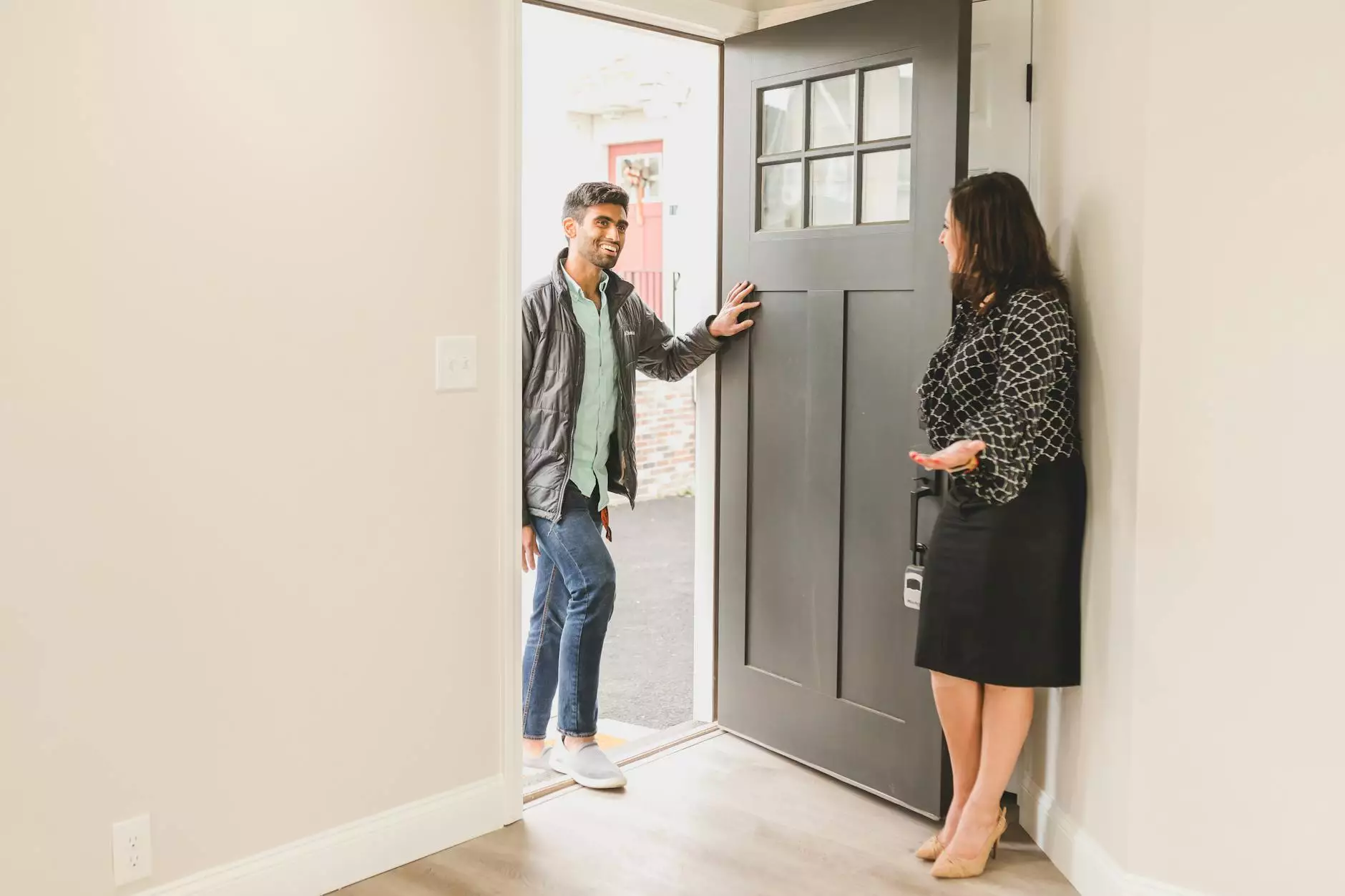Are Schools Better with Fewer Walls?
Projects
In today's rapidly evolving educational landscape, architects and designers are increasingly exploring innovative ways to create better learning environments for students. One such approach gaining attention is the design of schools with fewer walls, embracing open spaces that foster collaboration, creativity, and engagement. McKenna John J Architect, a reputable firm specializing in Heavy Industry and Engineering - Architecture, delves into the benefits of this design philosophy.
The Evolution of School Design
Traditional school design often featured compartmentalized classrooms enclosed by walls, creating a sense of separation. However, as educators recognized the limitations of this structure, the architectural paradigm shifted. The concept of open spaces emerged, emphasizing the importance of flexibility, adaptability, and interaction.
Enhancing Collaborative Learning
By removing walls, schools can foster a culture of collaboration, encouraging students to work together, exchange ideas, and solve problems collectively. Open spaces promote a sense of community, creating opportunities for peer-to-peer learning and group projects. These dynamic environments empower students to develop essential interpersonal and teamwork skills essential for their future success.
Improved Student Engagement
Studies have shown that open spaces in schools positively impact student engagement. Without the constraints of traditional classroom settings, students feel more connected to their learning environment and are more motivated to actively participate in lessons. The freedom to move and interact within spacious areas stimulates creativity and curiosity, leading to a more immersive learning experience.
Flexible Spaces for Educational Adaptability
Adaptability is crucial in educational settings, where different teaching methods and learning styles must be accommodated. Schools with fewer walls provide the flexibility needed to transform learning spaces based on evolving pedagogical needs. Whether it be creating individual workstations or large communal areas, the absence of fixed walls allows seamless adaptations, promoting innovative teaching strategies.
Creating Positive Learning Environments
Open spaces in schools contribute to the overall well-being of students. Natural light penetrates freely, enhancing the mood and creating an inviting atmosphere. The absence of visual barriers promotes inclusivity and reduces the sense of isolation sometimes associated with enclosed classrooms. Additionally, open spaces can be seamlessly integrated with outdoor areas, providing access to nature and promoting physical activity.
Addressing Concerns: Acoustics and Privacy
While the benefits of open spaces are indisputable, it is crucial to address potential concerns surrounding acoustics and privacy. Innovative architectural and design solutions can be implemented to ensure adequate soundproofing and create zones for focused learning and privacy when necessary. Strategic placement of acoustic panels, furniture, and structural elements can help strike a balance between openness and the need for controlled environments.
Conclusion
In conclusion, the concept of schools with fewer walls holds tremendous potential for transforming traditional educational spaces into dynamic, engaging learning environments. McKenna John J Architect, with its expertise in Heavy Industry and Engineering - Architecture, recognizes the importance of designing schools that promote collaboration, engagement, flexibility, and overall student well-being. By embracing open spaces, schools can adapt to the evolving needs of education and foster student success in an ever-changing world.










